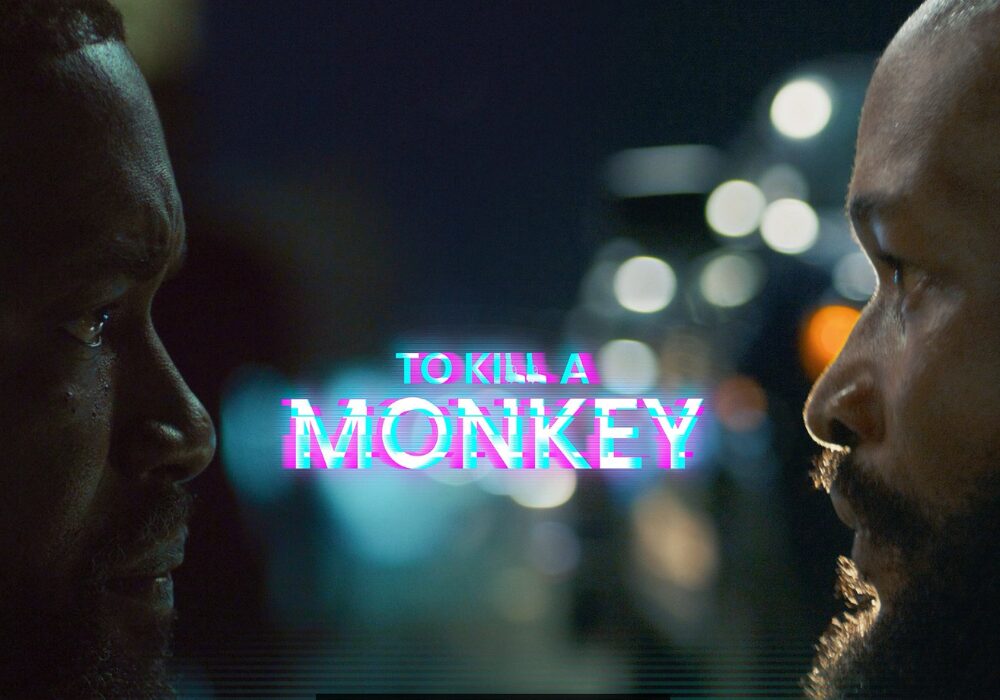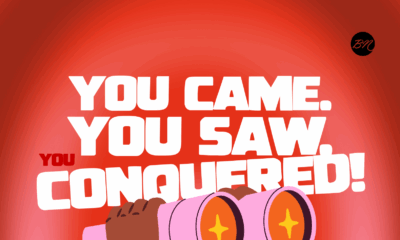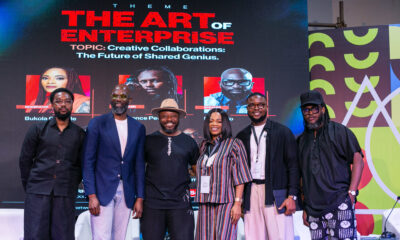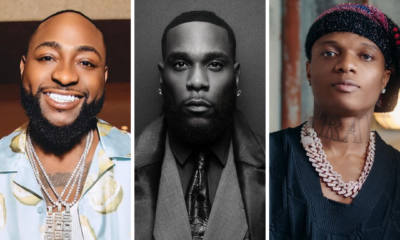Features
Kehinde Ajose: A Brand’s Survival Guide in Kemi Adetiba’s To Kill A Monkey

As a business visibility strategist, I analyse how brands are built and how they crumble. While many look to corporate case studies, the most potent lessons often lie in powerful storytelling.
Kemi Adetiba’s eight-part thriller, To Kill A Monkey, is far more than a series that has dominated conversations on social media; it is a raw, unflinching masterclass in the strategic failures that lead to ruin. The series serves as a collection of interconnected case studies on the brutal consequences of visibility sought for the wrong reasons and managed with the wrong tactics.
For any entrepreneur, executive, or public figure, the series offers critical insights into reputation management, crisis communication and brand integrity. We see this through its core character archetypes: Efemini, the Desperate tech bro with a brilliant product but no leverage; Oboz, the Hype-Driven Disruptor who prioritises clout over credibility; and Teacher, the Entrenched Tyrant, a legacy power broker whose brutal methods are becoming obsolete.
The Strategy of Desperation and the Poison of ‘Bad Revenue’
The entire tragedy begins with a single, corrosive force: desperation. Efemini’s arc is the quintessential story of a talented tech bro on the brink of failure. His programming skills are his “product,” but his lack of capital makes him vulnerable. His plea is a universal cry from the abyss of financial pressure: “Boss… You see my life right now? Equal to nothing. You won’t understand the kind of financial pressure I’m under.”
The ultimate surrender of leverage follows this: “I beg you in the name of God. Hook me up. Show me the way. Please. Please.”
In business, this is the moment when a start-up agrees to venture capital with harsh terms, a struggling artist signs a poor contract just to be associated with a record label, or a small business takes on a burdensome loan simply to cover payroll.
Efe’s deal with Oboz is the ultimate form of “bad revenue”, money that comes with strings that compromise your mission, culture and ethics. He seeks visibility not as a growth strategy, but as a lifeline, making him visible to exactly the wrong people.
This illustrates a philosophy that every time poverty squares up against morality, poverty wins. Every single time. Nothing corrupts the soul like the sins that stem from lack and want.
Efe’s fall is a textbook case of what happens when a scarcity mindset dictates strategy. A proactive leader, by contrast, builds a brand from a position of value, not need, creating leverage even when small. The most resilient brands immunise themselves against such desperation by defining their non-negotiables before a crisis hits. They establish the ethical lines they will not cross, creating a constitution that guides them when tempting but toxic opportunities arise. Without this foundation, any brand, like any man, is susceptible to the kind of moral collapse that begins with a single, desperate compromise.
Misalignment of Brand Identities
Your brand is who you are seen with. The partnership between the cautious Efe and the flamboyant Oboz is a case study in brand misalignment. A warning from Nosa, his wife, “Efe, this isn’t us,” is met with the cynical reply, “Let me ask you something… What has being ‘us…’ done for us?”
This dialogue marks the conscious decision to sacrifice identity for profit.
Oboz, the hype-driven disruptor, embodies the growth at all costs mentality. His philosophy, “All this money we’re making… If we don’t show out… Choke them with it… Then what’s the point?” is the mantra of brands that chase vanity metrics, social media hype, follower counts over fundamentals like profitability and customer trust.
The inevitable culture clash between Efe (Product/Tech) and Oboz (Marketing/Sales) is a classic business problem. When marketing makes promises that operations can’t fulfil, collapse is a matter of when, not if.
Oboz’s declaration of loyalty, “Dey my back, Dey my back… I go protect you, no worry”, is the kind of promise brands make to partners.
However, in business, loyalty is not about words; it is about aligned incentives and shared values. This catastrophic failure underscores why robust due diligence for partnerships is non-negotiable.
A serious brand must conduct a thorough brand association audit, assessing a potential partner not just on financials, but on cultural fit, ethical history, and public perception. The hallmark of mature, strategic planning is the inclusion of a clear, ethical exit clause, preparing for how an alliance might end to protect the brand from a messy and damaging public divorce, a precaution absent in their chaotic union.
Why Negotiation Is Everything
The world in To Kill A Monkey is driven by transactions, but it is almost entirely devoid of true negotiation. Instead, we see a masterclass in its destructive opposites: supplication, coercion, and ultimatums. Efe’s entry into crime is not a negotiation; it’s a surrender.
The teacher doesn’t negotiate; he dictates. This dynamic is central to the series’ tragedy because in business, your ability to negotiate defines your power. Strategic negotiation builds value and strengthens partnerships. The coercive tactics used by the characters destroy it. A brand that enters a partnership from a position of weakness, fails to define clear terms, or relies on threats instead of mutual interest is destined for erosion. The characters’ inability to do anything but dominate or submit is central to their inevitable downfall.
A Textbook Example of Damage Control
When their enterprise comes under threat, the characters have no plan. Their response is a chaotic mix of panic, violence, and betrayal, a textbook example of damage control. This is purely reactive and self-serving. True crisis management, by contrast, is proactive, planned and aims to preserve trust, even when it requires admitting fault. In a crisis, a narrative vacuum is created. If you do not fill that vacuum with your own transparent, accountable narrative, your competitors, the media, and public speculation will fill it for you. In the series, the police and, ultimately, Efe’s daughter fill the void he leaves open with his lies.
His wife’s early warning stands as the voice of the internal whistle-blower. In a corporate setting, this is the employee who raises ethical concerns. How a brand responds to internal dissent by listening or by silencing is a key indicator of its health. Efe’s dismissal of that warning ensured the problem would eventually explode externally.
Building a Bulletproof Brand in an Age of Exposure
The final, devastating verdict on Efe’s brand comes from his most important stakeholder: his daughter, Ivie. Her testimony against him is the ultimate symbol of brand failure. It is the loyal customer who, after being repeatedly betrayed, finally leaves a one-star review that cannot be deleted.
To Kill A Monkey is a thrilling story, but for those of us who build and protect reputations, it is a vital cautionary tale. It proves that visibility is a powerful tool, but it is not the goal. The goal is sustainable success, influence, and impact built on an unshakable foundation of integrity.




















